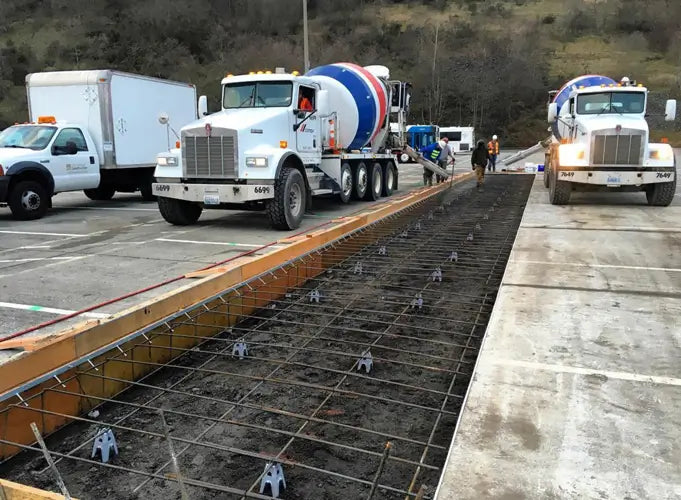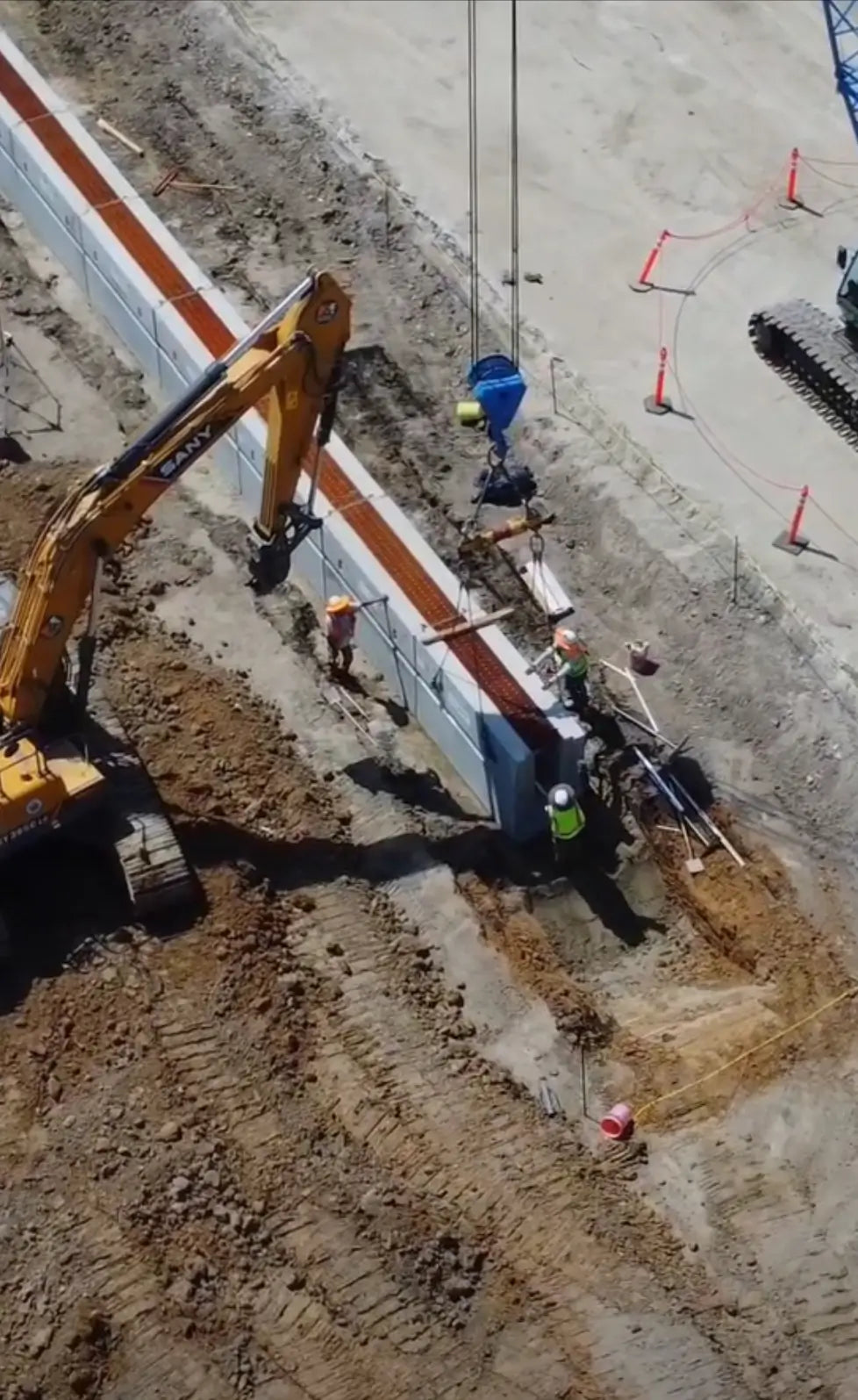
Understanding Load Classes for Trench Drains
Selecting the right load class is essential for ensuring long-term performance, structural integrity, and safety in any trench drain installation. Load classes are categorized based on their ability to withstand different levels of weight and traffic, from light pedestrian areas to extreme industrial loads. Proper excavation and reinforcement are also critical for maintaining system durability under varying load conditions.
Trench Drain Load Class Ratings and Applications
Trench drain systems and manhole covers are classified according to EN 1433 Load Ratings, a globally recognized standard for drainage channels. Each class specifies the maximum force per wheel load that the drain system can handle without failure.
Excavation & Reinforcement Guidelines for Load Classes
For a trench drain system to perform efficiently, excavation and concrete reinforcement must be proportional to the expected load class. Below are the recommended minimum excavation depths and widths for each load rating.
For pedestrian applications, a 1/8-inch recess below the surrounding surface ensures proper integration, while for vehicular traffic, a 1/4-inch recess prevents displacement or damage from tire loads.
How to Choose the Right Load Class for Your Project
To determine the correct trench drain load rating, consider the following factors:
-
1. Type of Traffic
- Light-duty applications (residential, pedestrian zones) require Class A or B.
- Commercial spaces like parking lot manhole covers should use Class C or higher.
- Roadways, warehouses, and industrial zones need Class D or E.
- Airports, ports, and military bases demand Class F-rated trench drains.
-
2. Expected Load Weight
Consider the heaviest axle load expected in the area. For instance:
- A passenger car applies 1,500–2,000 lbs per wheel.
- A semi-truck exerts over 10,000 lbs per wheel.
- Aircraft and container ports require systems that support 100,000+ lbs per wheel.
-
3. Environmental Conditions
- Freeze-thaw cycles require reinforced materials and proper slope for water drainage.
- Chemical exposure (factories, food processing) benefits from stainless steel or polymer concrete.
- Coastal areas should use 316 stainless steel or corrosion-resistant coatings.

Reinforcement Strategies for Heavy Load Classes
For Class D and above, additional structural reinforcements are required to prevent cracking or displacement under high stress.
- Rebar Reinforcement: Place #4 or #5 rebar around the perimeter for added stability.
- High-Strength Concrete: Use 4,000–5,000 psi concrete to support industrial loads.
- Anchoring Systems: Utilize frames and rebar tie-downs to prevent channel shifting.
- Expansion Joints: Install every 20–30 feet to accommodate thermal expansion.







